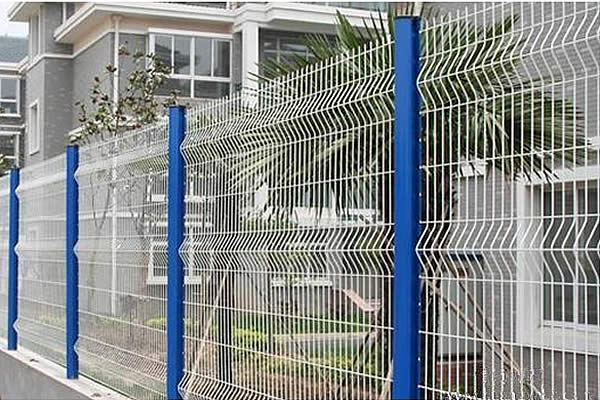 TEL:
+86-13102802206
TEL:
+86-13102802206
 Email:
fencenetting@china.com
Email:
fencenetting@china.com
 Language
Language
 TEL:
+86-13102802206
TEL:
+86-13102802206
 Email:
fencenetting@china.com
Email:
fencenetting@china.com
 Language
Language


The Role of Gabion Retaining Walls in Modern Landscaping
In the world of civil engineering and landscaping, gabion retaining walls have emerged as a popular solution for managing soil erosion, creating level surfaces, and enhancing aesthetic appeal. These structures, composed of wire mesh cages filled with stones, offer an innovative approach to both functionality and design in various outdoor spaces.
Understanding Gabion Structures
Gabion comes from the Italian word gabbione, meaning big cage. Typically, these structures are made of woven, galvanized steel wire that holds together large rocks, stones, or gravel. The flexibility and permeability of gabions allow them to naturally blend with their surroundings, making them an eco-friendly option for retaining walls. Unlike traditional concrete walls, gabion walls enable water to drain through, reducing hydrostatic pressure—a significant cause of wall failure.
Advantages of Gabion Retaining Walls
1. Erosion Control One of the primary purposes of retaining walls is to prevent soil erosion on sloped landscapes. Gabion walls effectively hold back soil while allowing water to flow through, minimizing the risk of washouts during heavy rainfall. By stabilizing the soil, these structures ensure the longevity of gardens, driveways, and other constructed areas.
2. Cost-Effective Solution Compared to conventional retaining walls made of poured concrete or stone, gabion walls can be more economical. The materials used in gabion construction are often locally sourced, which can reduce transportation costs. Additionally, the simplicity of their construction means less labor is required, further contributing to savings.
3. Aesthetic Flexibility Gabion walls can be designed to fit various styles and landscapes. By choosing different types of stones or materials to fill the cages, homeowners and landscapers can create visually appealing structures that enhance the beauty of the environment. Whether used in a rustic garden or a modern landscape, gabion walls offer a versatile design element.

4. Environmental Benefits The use of natural materials in gabion walls promotes biodiversity as they can serve as habitats for small wildlife and plants. The open structure allows for the growth of vegetation, which can further stabilize the soil and improve the surrounding ecosystem. Additionally, as gabion walls are made from recycled materials, they align with sustainable practices.
5. Durability and Maintenance Gabion structures are highly durable and can withstand the test of time when properly constructed. The wire mesh is resistant to rust, and the stones inside are virtually indestructible. Maintenance typically involves checking for any signs of wire damage or displacement of stones, which is a far less intensive process than maintaining solid concrete walls.
Applications of Gabion Retaining Walls
Gabion retaining walls are highly versatile and can be used in various applications, including
- Residential Landscaping Homeowners can use these structures to create terraced gardens, raised beds, or to manage sloped properties effectively. - Infrastructure Projects Civil engineers often utilize gabions in road construction, bridge foundations, and other infrastructure to enhance stability and prevent erosion. - Parks and Recreation Areas Gabion walls can delineate paths, create seating areas, and provide aesthetic value in public parks and recreational spaces.
Conclusion
Gabion retaining walls represent a fusion of functionality and aesthetics, providing an effective means of soil retention while contributing to eco-friendly practices and enhancing the beauty of landscapes. Their ease of construction, cost-effectiveness, and durability make them an attractive option for both homeowners and civil engineers alike. As our understanding of sustainable practices continues to grow, the popularity of gabion structures is likely to increase, ensuring that they play a significant role in modern landscaping and engineering projects for years to come.